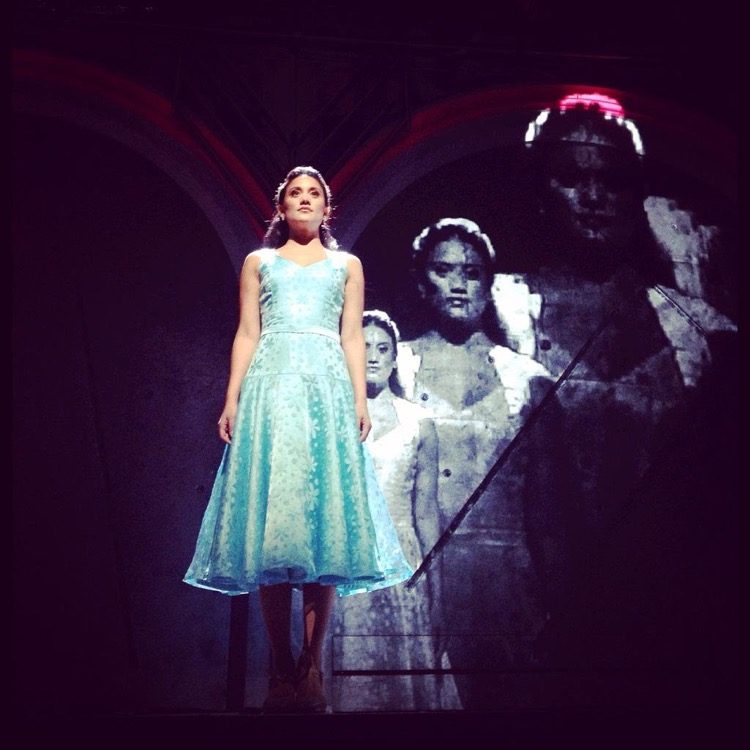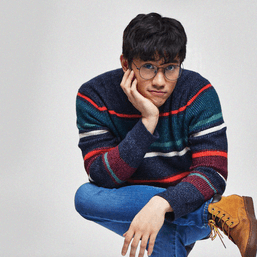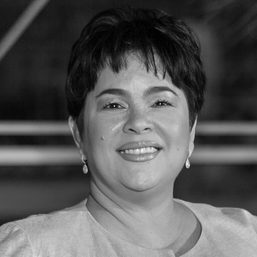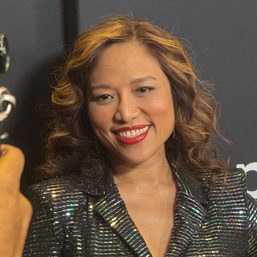SUMMARY
This is AI generated summarization, which may have errors. For context, always refer to the full article.

Diane Phelan knows what it’s like to not be able to perform on stage. A few years ago, when she was on bed rest due to a bout with Lyme disease, she feared she may never be able to perform again. She overcame that, and now has Broadway credits with The King and I and School of Rock.
Now, no one is performing on Broadway, with the lights dimmed since March due to the COVID-19 pandemic, and the shutdown expected to run through at least June 1, 2021. Phelan benefited from financial literacy classes she had taken through the Actors Fund, and qualified for unemployment benefits due to her busy 2019, but the plan is still to return to the stage when the lights come back on.

As a Filipino actress, one concern she has is, what sort of Broadway will she be returning to? According to the Asian American Performers Action Coalition’s most recent annual report on representation in the New York theater scene, Asian Americans accounted for 6.9% of total performers during the 2017-18 season, and were the only group to witness a dip, down from 7.3% of roles the previous season.
If Broadway doesn’t come back all at once, Phelan worries that Asian American performers can find themselves losing ground.
“I think that in theater specifically, Asians and Asian Americans can often be at the low rung of the totem pole,” said Phelan, who started the social network campaigns Unapologetically Asian and Racism is a Virus to combat anti-Asian racism and promote Asian empowerment during the pandemic. “Unless you’re doing an Asian show, in many cases we are the last demographic that’s considered for a leading role.
“I’m hopeful that the changes that have been happening to us in our cultural psyche are going to have an impact on Broadway when we come back from all of this.”
“I’m hopeful that the changes that have been happening to us in our cultural psyche are gonna be there when we come back from all of this.”
It’s a similar viewpoint to that of Billy Bustamante, a Filipino-American actor based in Brooklyn. Bustamante, who co-founded the Broadway Barkada collective of Filipino performers, recalls his early days on stage, where Asian performers either had to find roles in Asian-centric productions like Miss Saigon or The King and I, or face being left out.
“Now there are so many other projects, there are so many other stories being told and it’s allowed for a lot more of the Asian theater population to be able to thrive in the industry,” said Bustamante, who had performed in the Filipino-centric Here Lies Love at the Public Theatre. He says he has been able to support himself through his job teaching theater online at the Jen Waldman Studio, and says the time off stage has helped him challenge himself to be creative, even as it pertains to combating racial bias in the industry.

“I know the best thing I can do in this moment is I still find ways to be creative, still find ways to grow as an artist and hold myself accountable for how I am a product of the racist, misogynist, ableist version of the industry I grew up in, and know that I need to reteach myself so that I can put the old ways aside and help create something new,” said Bustamante, who has branched out into choreography and directing.
One obstacle he says that needs to be confronted is the lack of diversity, not just in front of the audience, but behind the curtain as well.
“Sometimes there is visible diversity on stage but there is no diversity off stage. The fact that all the decision makers are all still predominantly white cisgender men, we need to make sure there is more diversity, more Asians, more people that look like us making decisions at the top which will then trickle down onto the stage,” said Bustamante.
Filipino performers like Lea Salonga, Ali Ewoldt and Jon Jon Briones have all managed to thrive in theater in non-Asian roles, and, according to the AAPAC report, 20 percent of roles were subject to “inclusive casting,” without regard to ethnicity. Still, Asian Americans were found to be least likely to be cast in non-Asian roles, and white performers were deemed most likely to get roles where ethnicity was not considered.
Bustamante believes that many roles require an authenticity that only someone of that racial background can offer, but also wants to look beyond statistical representation.
“I recognize we have so far to go with that in mind, but I think that that’s where everybody’s goals are so far centered around. Because there could be one of us and one black person and one Latinx person and it would technically be diverse but it would not be equitable,” said Bustamante.
“I’m actively working towards a more equitable representation of all races, colors, philosophies in the industry.” – Rappler.com
Add a comment
How does this make you feel?

![[Only IN Hollywood] Mabuhay to Martha Millan, badass in ‘Gentlemen,’ the rock of ‘Cleaning Lady’](https://www.rappler.com/tachyon/2024/03/MarthaMillanTheGentlemenMabuhayAsMercyInTheGentlemenShesNotYourMeekTitaCreditNetflix-1.png?resize=257%2C257&crop=224px%2C0px%2C853px%2C853px)
![[Only IN Hollywood] ‘Expats’ director Lulu Wang praises Filipinas Ruby Ruiz and Amelyn Pardenilla](https://www.rappler.com/tachyon/2024/03/Screenshot-2024-03-06-at-4.31.33-PM.png?resize=257%2C257&crop_strategy=attention)


There are no comments yet. Add your comment to start the conversation.